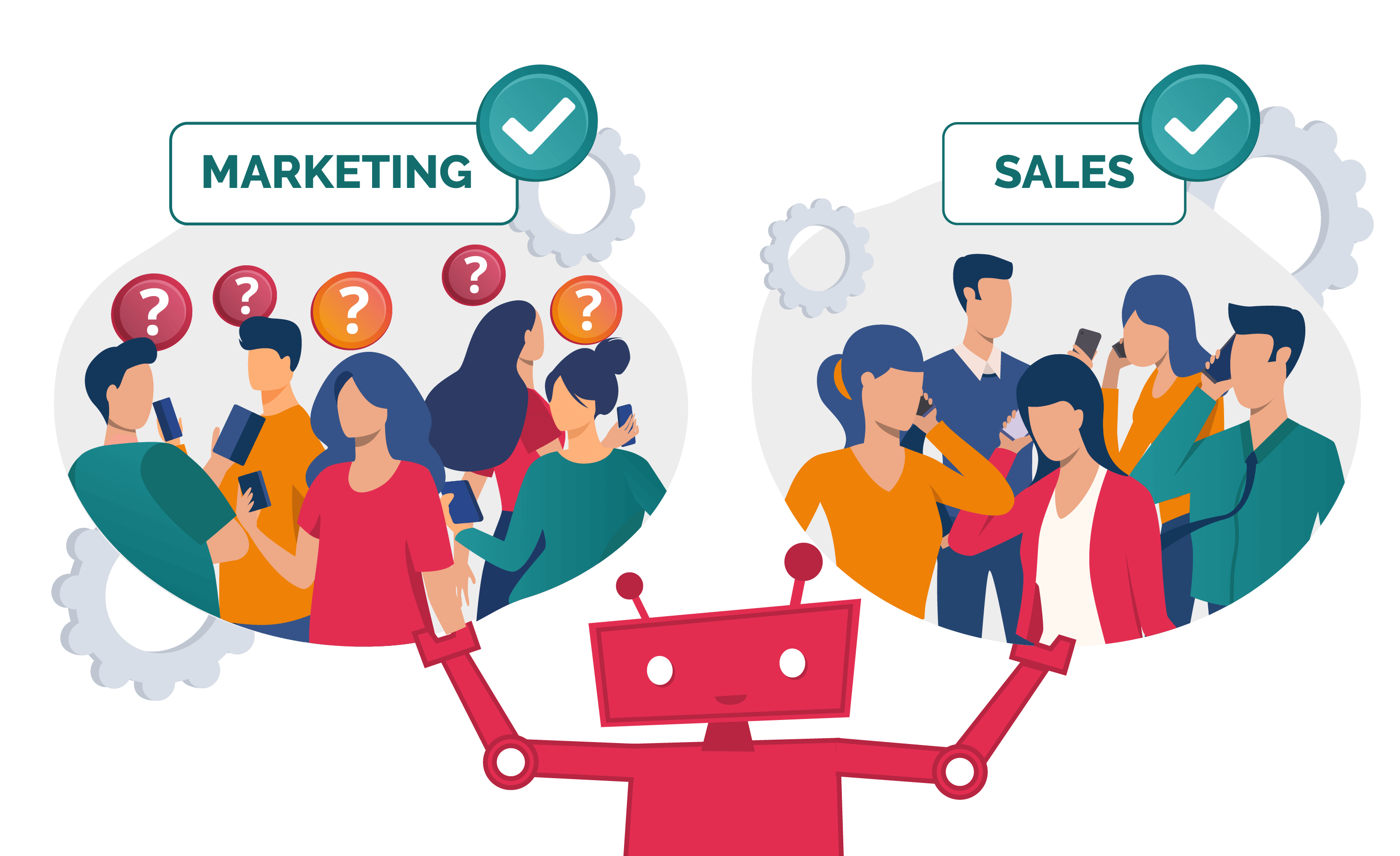Conversational marketing is such a new term in e-commerce that there is no proper Hungarian equivalent yet. Yet the phenomenon itself is not at all new in traditional sales channels. Just think of a car dealer or an insurance agent: for them, one of the most important elements of the sales toolbox is a lengthy dialogue with the potential buyer.
How do chatbots shape the future of e-commerce?
E-commerce trends are constantly changing as consumer demands and technological opportunities evolve. The industry has grown steadily over the past decade to keep up with the growing demand for online marketing. As the number of e-commerce businesses skyrocketed, so did the competition in the online market. It is critical for a business to be able to continuously provide a seamless service, preferably in the most automated way possible to meet the growing demand. Recently, more and more e-commerce companies have started using a conversion marketing chatbot to run a consumer-centric service.
What is the essence of conversational marketing?
Conversion marketing is a strategic tool to make the visitors “stay” on the website and convert leads into purchases with a well-directed dialogue. Central to this marketing strategy is dialogue instead of one-way communication. By using chat applications (such as Messenger, Viber, etc.) the consumer can take control of the conversation. Instead of receiving one-way messages, two-way communication takes place.
What are the benefits of conversational marketing in e-commerce?
You can integrate conversion marketing into your existing marketing strategy without having to significantly transform existing processes. It can even be used as an additional supplementary tool for sales, lead generation or customer relations. Whatever field an e-commerce company operates in, they can enjoy all of the following benefits after introducing conversational marketing:
- Collecting accurate and detailed customer data
- Building a deeper relationship with customers by providing a more personal service
- Shorter sales cycle
- Increasing customer satisfaction
- Increased number of leads and transactions through new channels
- Automated device without the use of staff with 0-24 availability
Of course, you can achieve even better results if you do not only add conversion marketing to existing marketing processes but also refine our overall marketing strategy along its lines.
How does conversational marketing work?
There are three basic steps:
- Contacting visitors of the website
- Mapping behaviour patterns
- Data collection and processing for the sales team
1. Contacting website visitors
A chatbot is a great tool to take the first step towards a potential consumer. It is much friendlier and less intrusive than a pop-up window that tries to force a subscription or the like on visitors. In addition, a chatbot is much more effective if you grant it a personality and speech style that matches your brand.
As soon as the website visitor clicks on the chat window in the lower right corner, they are already launched through the sales funnel using pre-planned steps. As a part of this, the chatbot can answer your questions, collect an email address or subscription, and guide the consumer seamlessly through a personalised customer journey.
2. Mapping behaviour patterns
Truly effective email-based newsletter campaigns are aligned with the consumer’s past activities. Marketing automation cannot work without knowing the consumer behavioural patterns. The sales team is responsible for creating appropriate customer segments and being able to produce quality leads by targeting them well. Chatbots can perform this task on their own in an automated way from the moment the visitor first arrives on the website to the point when they become a familiar, regular customer.
The chatbot can profile the visitor with a few well-formulated questions, and then help them navigate between the different offers.
A chatbot can also monitor the buyers’ activities from the background, even without interacting with them. It can screen the subpages the visitors navigate to, the products added to the cart or left there, the conversation with the live customer service, or the technical data of the visitor (browser, operating system, etc.)
3. Data collection and processing for the sales team
Chatbots are the most effective when you need to perform a repetitive task, collect data, or answer simple questions. When it comes to more complex products and services, the last step, ie the realization of sales, may need to be completed by the living workforce. In this case, the benefit of the chatbot is that it can pass the collected data in a structured way to the sales team, who can offer the best personalised offer to the profiled customer.
A chatbot can also support the work of sales colleagues by offering the help of a real person to the potential buyer at the right moment, so that they can continue the sale with a properly prepared customer.
Some tips for putting conversational marketing into practice
Businesses that have already had good experience with multi-channel marketing can easily integrate conversion marketing into their system. Thus, they are able to provide a unified customer experience across all digital platforms along a multi-channel marketing strategy. Essentially, it doesn’t matter if the consumer uses social media or a website, or even the company’s own app, they get the same experience and can access the same information anywhere.
Nowadays, it is very difficult to capture the attention of online shoppers, moreover, maintaining attention can only be measured in seconds. Online advertising is becoming less effective, and many people use ad blockers. This is why only personalised content interests them can be addressed at all and then maintained. A chatbot that collects and processes the data can help you do this. This type of communication can even increase brand loyalty.
Of course, people still prefer to talk to real people instead of robots. That is why it is crucial to design the text and speech style of the chatbots correctly, to make them as human as possible, in accordance with the brand image.
Direct benefits of introducing conversational marketing
1. Personal conversation can bring you the most revenue. Buyers today are becoming increasingly immune to stale marketing texts. Chatbots can communicate more personally and thus more effectively gain the attention and trust of a potential buyer.
2. The customer service can feel the burden reduction almost right from the start. Since chatbots are the experts in the field of automating repetitive tasks and questions, the most boring errands will be the first to disappear from the lives of customer contacts: repetitive questions, data collection, scheduling appointments, sending reminder messages – these will all become a thing of the past after the chatbot is implemented.
3. In today’s fast-paced life, the line between opening hours and closing hours is fading increasingly. Fortunately, chatbots do not have working hours and freedom, they are practically 0-24 available to serve the customer who is interested at the most unexpected time just as willingly.
4. Processing and maintaining leads is always a very time-consuming task. This can be done easily and automatically by a chatbot instead of the sales team.
5. A lot of valuable knowledge, data and information can be gained during chatbot conversations, which helps to get to know our own consumers much better: what they care abouts, what pain points they face, what their expectations are, etc. In addition to being able to help customers immediately, chatbots can also be of great help in improving the quality of service in the long run.



